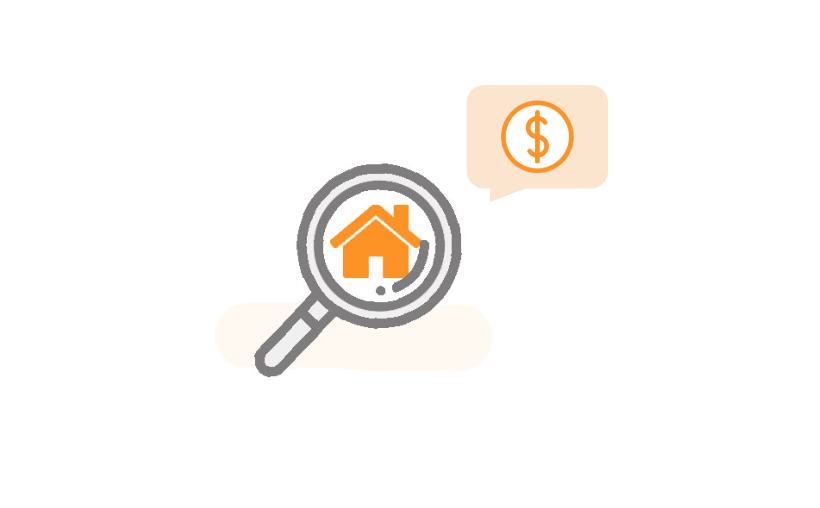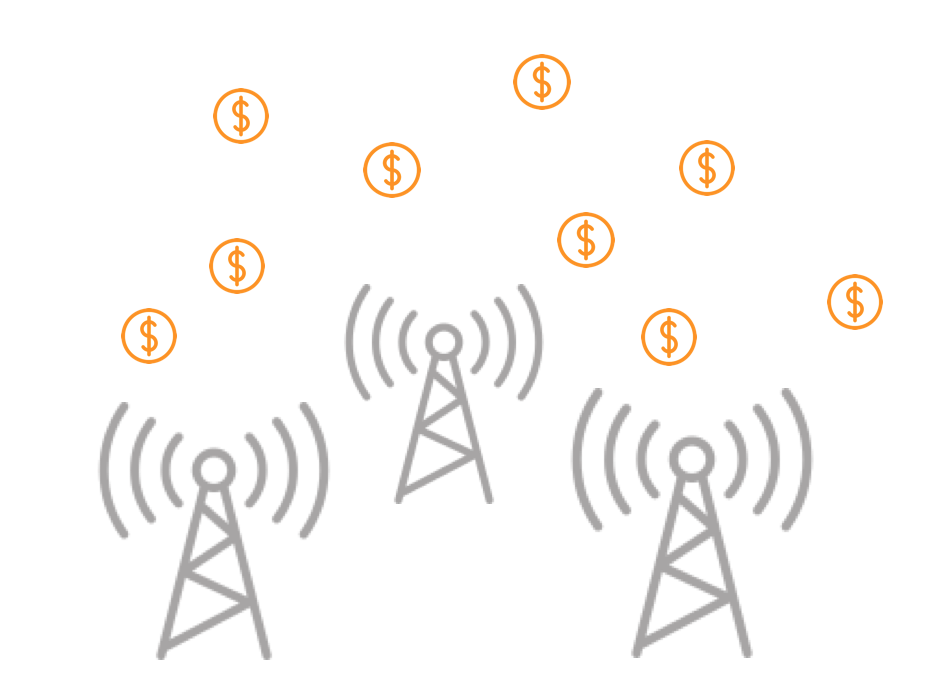Across the world, telecom operators are experiencing tough times. While competition and regulation aim to push prices down, the main challenge remains to translate their voice revenue into higher-value units. Let’s see a fresh look at managing sales and distribution in telecom.
When points of sales become battlefields.
Telecom operators leverage a broad range of strategies to increase their profits. They work towards a competitive advantage (e.g. Network improvements, better coverage, more impactful branding or trade actions, renewed customer value management programs, etc.).
Nevertheless – in the fight for market share – our experience tells us that most telecom operators fall short when it comes to smart solutions. It is not always easy to optimize the way Opcos manage their points of sales (POS). Naturally, this can quickly become a tremendous challenge since operators in heterogeneous markets need to deal with multiple channels, distributors and resellers. Needless to say, it makes controlling the distribution chain particularly difficult.
There are three other major barriers to setting up intelligent sales management.
- 1) Difficulty recollecting data at POS level
Without proper systems, data quality is poor and it is extremely difficult to measure the activity, productivity, and integrity of agents and distributors.
- 2) Lack of insights
Insights from headquarters are rarely used by the salesforce on the field: information is kept in different layers of management and field salesforce does not benefit from the right prioritization to organize its visits.
- 3) Lack of action tracking
Very few organizations manage to track the impact of the actions they run at the POS, be it through new recruitment, trade marketing actions, stock replenishment or new assortment initiative.
Granularity is key
This scarcity in-field knowledge becomes clear in channels where little is known beyond POS location. Telecom operators, however, gain a huge competitive advantage assessing the value of each POS and the issues they face at all times at the most local level in order to set up the best coverage strategy.
Those companies actually capitalize on the right datasets to answer those questions: the value of a POS can be extracted from historical sales records, local data and Call Detail Records (CDRs) which give very powerful insights about the clients visiting the stores, including consumption habits, purchase power, social networks, and mobility patterns.
Next to accessing data, running an intelligent sales organization means making every decision based on the best recommendation, crafted from ground-truth data.
Take coverage and availability for instance: instead of recruiting new points of sales, a cheaper option might be to promote some high-quality ones. As per stock-out prevention, the value of each POS is again decisive: a popular product being out of stock in a high-value POS is a big issue; the same situation for a basic product in a low-value POS should not be considered a top priority.
Last but not least, telecom operators need to manage the commitments they have from their key partners better. For example, in some regions, fake SIM activations are very common, causing significant financial losses for telecom operators paying commissions on those sales. Operators offer this incentive in hopes of recovering acquisition costs on further recharges, but they need to know if those SIM cards have been effectively sold to real, high-value clients. In this case, analytics ensure the game is being played fairly.
Connect field and office
When it comes to organizing POS visits, we find out most telecom operators make decisions with very limited information: e.g. field agents inherently tend to focus on the same 50 POS they are used to visit every other week and lack visibility on the issues for the key POS, at the time of their visit.
Analytic insights are crucial to prioritize and monitor field agents’ actions, maximizing their impact and boosting their productivity. With a mobile application in their hands, agents can also gather important information from the field, including GPS coordinates of points of sale or pictures of the branding material. That information is then uploaded to the central sales and distribution system.
It is the first step to efficient incentive and bonus management.
From recommendation to action
Big data or analytics as such are not useful for managing sales and distribution: those capabilities provide tangible and measurable results only when they give recommendations that empower the sales organization. They deliver impact only when we track the performance of those recommendations and learn from the actions we launched in the past.
Once put in place, the benefits of those capabilities are quickly exponential: fresh data is uploaded constantly, from the field to the management level, continually providing the insights necessary to make better decisions over time. Everyone shares the same vision, is aligned on the same objectives and those who contribute the most towards reaching them are consequently rewarded.
Whether in sales and distribution management or in other business aspects, analytics should not only be smart; it should be one click (if any) away from the action.
Learn more about Riaktr’s solution for sales and distribution teams
Nicolas Quarré
Former Sales & Distribution Director at Riaktr
